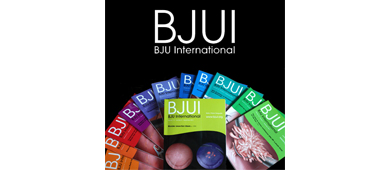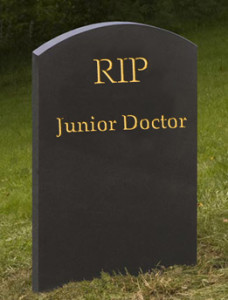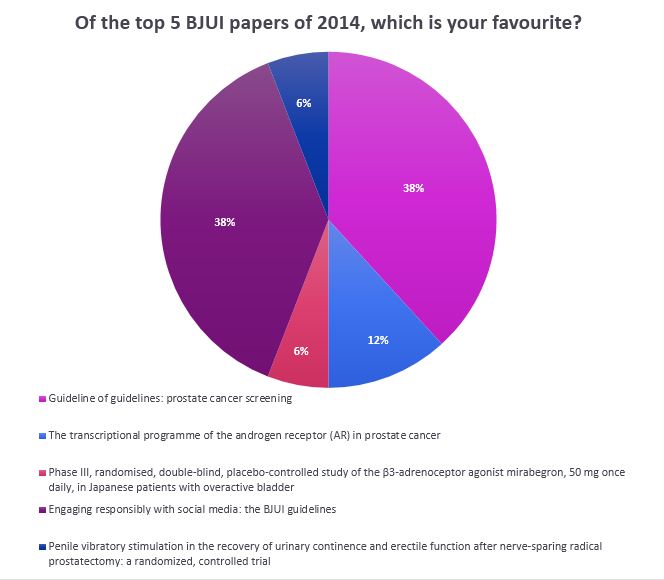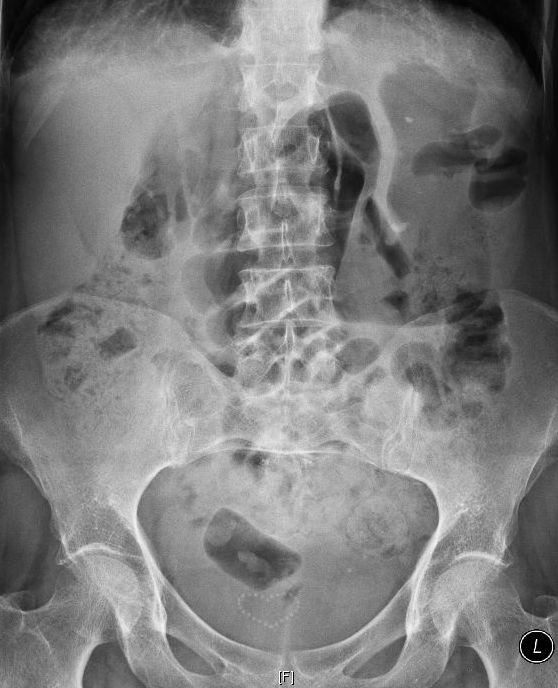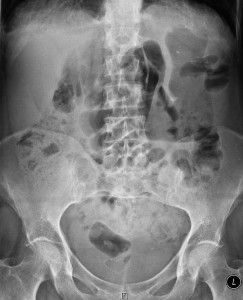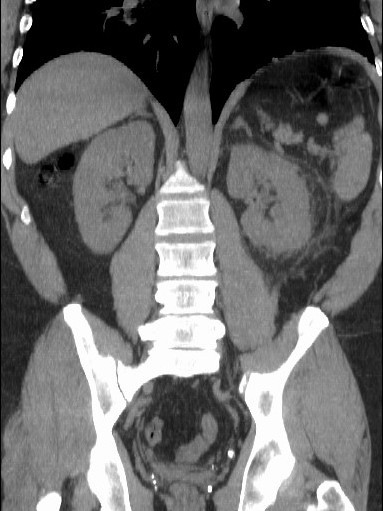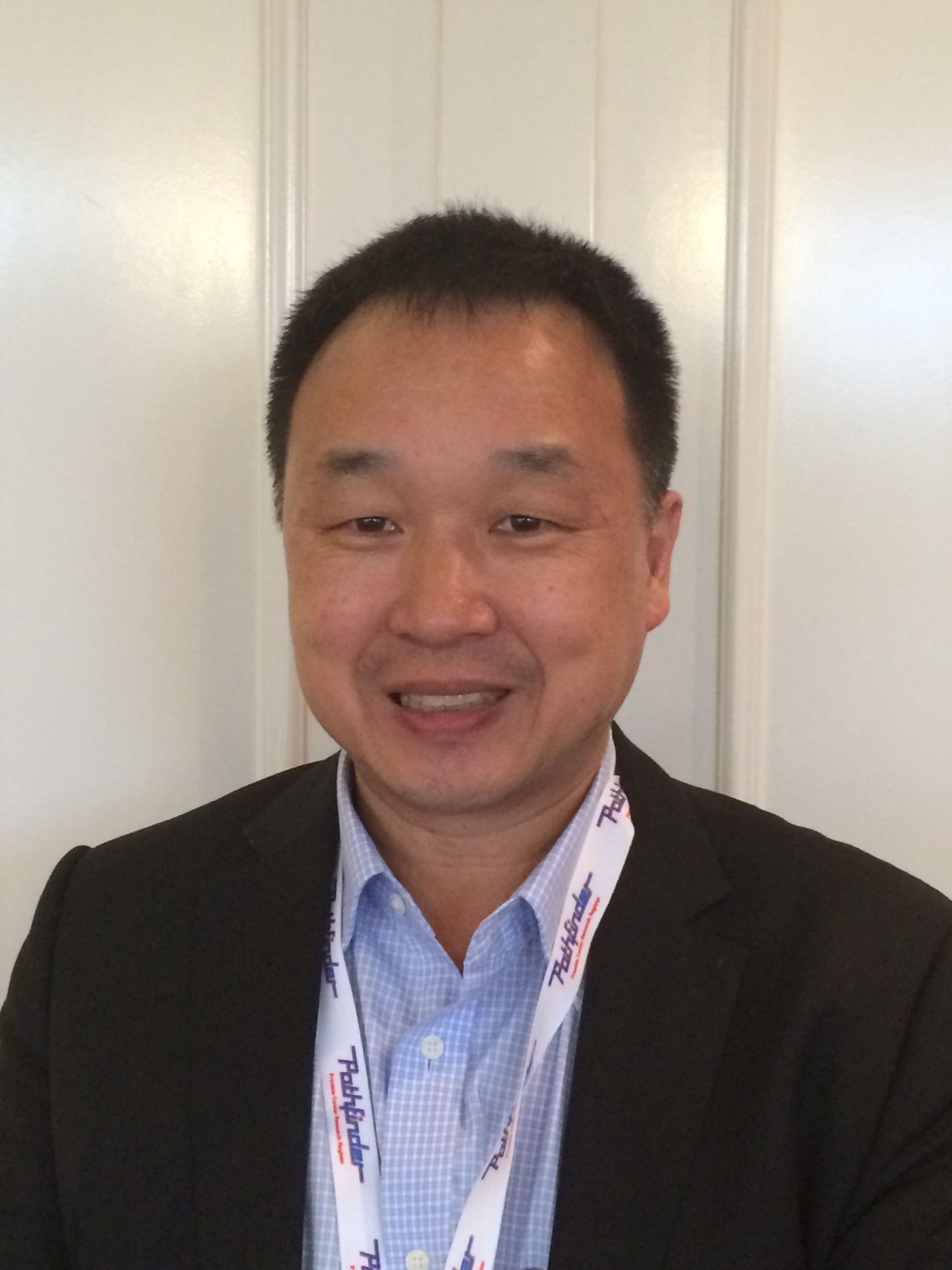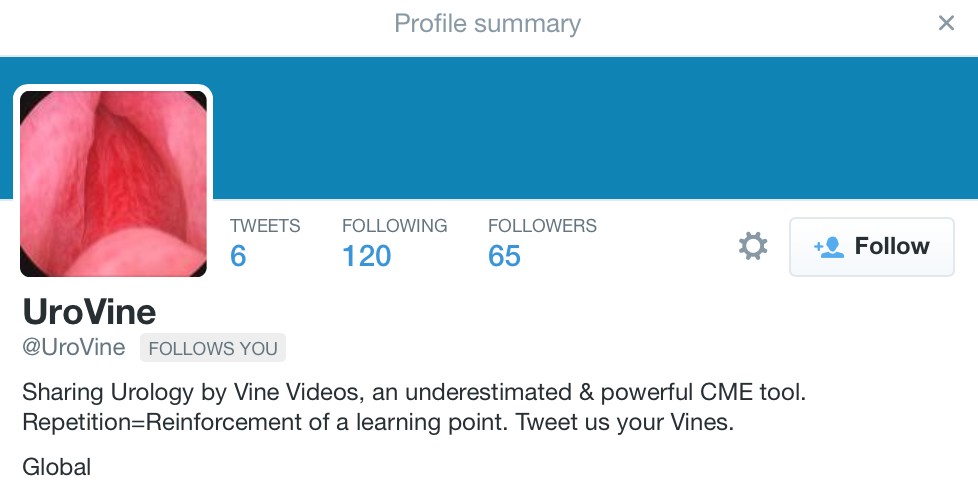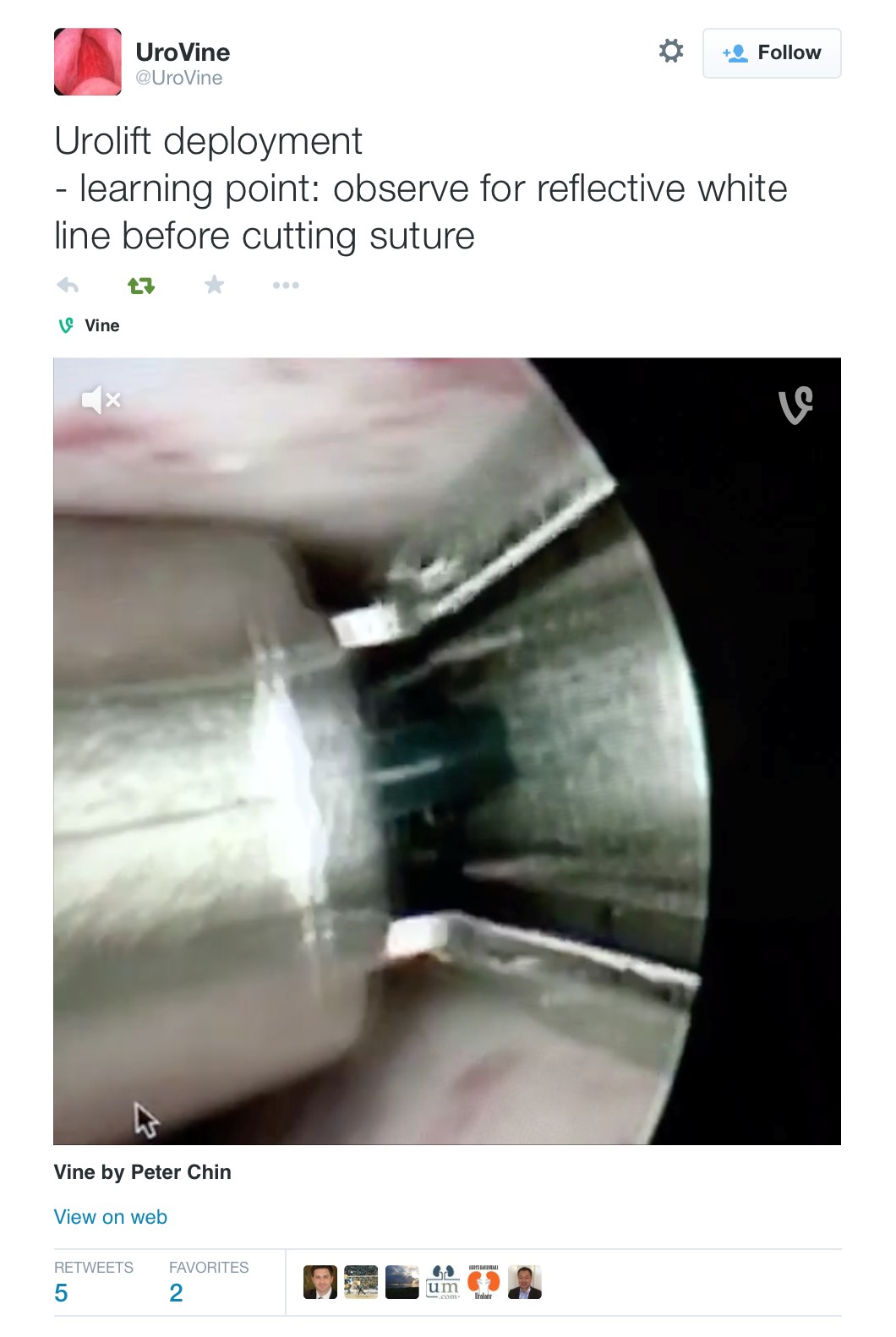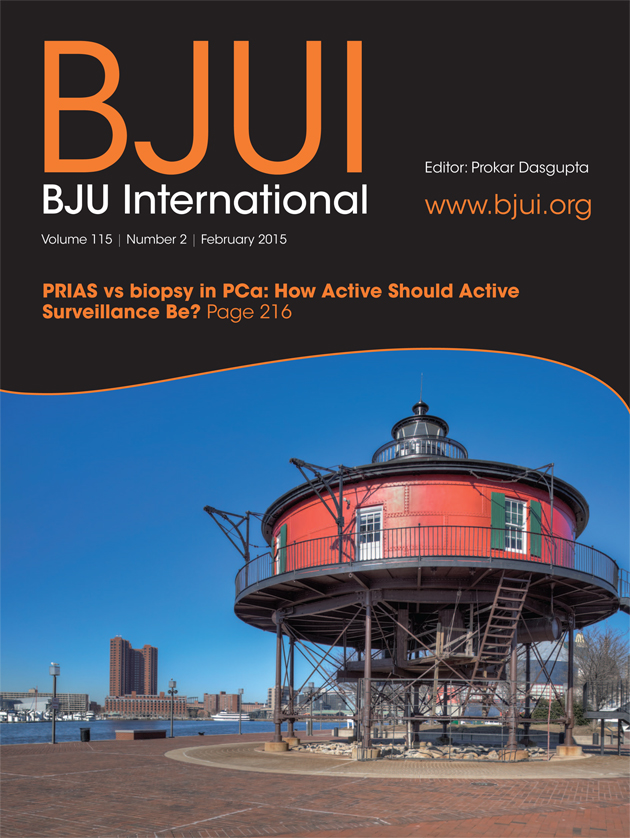The Death of the Junior Surgeon
I think I attended a meeting recently at which I fear, after many years of being slowly deprived of oxygen by various organisations, a component of a profession which I love and to which I have devoted so much of my life, finally started to give up the fight and started to die.
I am involved in training as a training programme director as well as being a local trainer. As a TPD I have had to watch the separation of the London and KSS training programmes. This has happened, despite sitting in a room of thirty to forty senior trainers who all voiced the opinion that this is detrimental to the future of urology training for our trainees. The trainees also voiced an opinion that this was wrong but still it went ahead.
Recently, I sat in a room where, again, a group of thoughtful intelligent doctors spoke about the future of junior doctor training. We are about to impose a change in the training of foundation year doctors imposed upon our excellent organisation from what for most of us is a faceless organisation with whom we will never interact directly. We will be moving them into community-based jobs that no senior doctor round the table believed was in their interests or in the interests of the future of Britain’s healthcare, but we will still oversee that process.
And what test is being applied to what our junior doctors should be doing to justify these changes? The question – do the jobs they are doing have to be done by a doctor?
I can’t imagine for a second that this question can be critically applied to the new foundation year jobs in community work and answered affirmatively.
Furthermore when the role of any of our jobs is deconstructed, how much of that role needs to be done by a doctor? We can give up prescribing to a pharmacist, blood taking to a phlebotomist, ward based care to a physician’s assistant, outpatient follow-up (assuming it will be permitted in the future) to a nurse specialist, diagnostic procedures to a radiographer, diagnostics to a nurse consultant, audit to a data manager, construction and development of the department to an administrator, training programme planning to deanery educationalists, perioperative support to a clinical psychologist, etc, etc, etc.
How much of the work of a junior doctor has ever had to be that of a doctor? The job of the junior doctor has always been all of these, whilst learning from and being inspired by the beauty of a carefully constructed ward consultation by a senior clinician who understood the subtleties of human interaction and the tensions and uncertainties of the patient lying in the bed in front of him or her. The junior doctor didn’t mind devoting much of his or her young life and many hours of hard work, including performing some menial tasks, because the new recruit was intelligent enough and committed enough to realise that hours spent on the wards and in clinic would turn themselves, currently a piece of apparently formless clay, into a fine piece of highly polished china. They would, yes with hard work, hours spent studying, and arguably obsessional attention to detail and a constant desire to improve, become a fantastic diagnostician, a remarkable clinician and, in some cases, a technically brilliant surgeon and the most wonderful observer of the human condition.
Which of any of our jobs must be done by a doctor? That is not a reasonable question to apply to much of what any doctor, or indeed I suspect what any professional, does in their day to day work. It is the totality of what they do that defines their role, not the minutely dissected individual parts of their job. When dismembered, no organism has the functional beauty of its form when complete, nor is it able to survive when it is disassembled.
I fear that that is true of our glorious profession. What would Bright, Hodgkin or Astley-Cooper say if they could guide us now?
I am no Luddite. I work in a branch of medicine that has thrived in the technological development of its specialty, in a department that has led the way in introducing new ways of working, new ways of thinking about how care should be provided with a better understanding of patient processing and what frustrates patients when they access healthcare. We as a group have demonstrated how we are willing to embrace change when we perceive it to be for the benefit of our patients.
I have sat and watched changes being introduced, as have many of us over the years, suspicious that not all changes are really in the interests of the future of medical care. However, I sat down after attending the meeting to which I referred earlier and found myself asking these questions.
In Judaism, at a burial and for a year after the death of a close relative, we recite kaddish, the memorial prayer. Is it now time to recite kaddish for the role of the junior surgical hospital doctor?
Jonathan Glass – Consultant Urologist, Guy’s & St Thomas’ NHS Foundation Trust

